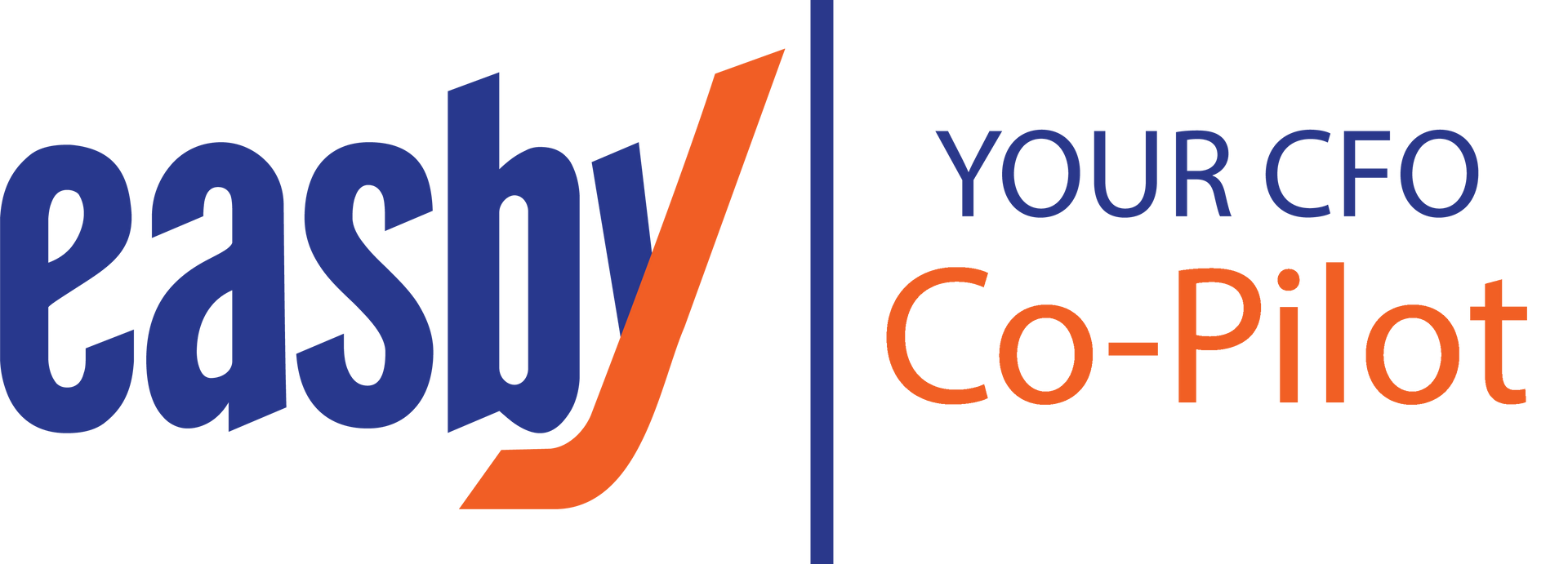Five Advantages of Outsourcing Accounting and Finance Functions
Share this article:
Rose Report: Issue 39
 BY FRANK WU, ROSE FINANCIAL SOLUTIONS
BY FRANK WU, ROSE FINANCIAL SOLUTIONS
According to the 2018 Client Accounting Services Survey conducted by CPA.com, businesses that utilize accounting and finance outsourcing report both hard and soft ROI, see higher profits and revenues, are better armed to make business decisions, and enjoy an easier accounting experience. In fact, 80 percent of the respondents said outsourcing gave them more time to focus on growing their businesses. Based on our clients’ experiences, here are the top 5 benefits of outsourcing your finance and accounting functions.
- Cost Efficiency, Cost Efficiency, Cost Efficiency
In any organization, the bottom line is always an important factor to consider when making business decisions. The salary of a senior general accountant can top $100,000 based on Robert Half’s 2019 Accounting and Salary Guide, and this does not even consider the associated benefits cost and time the Human Resources department invests in order to find the perfect candidate. With the current trend of increasing salaries for accountants, outsourcing accounting and finance functions could be the perfect way to meet the needs of your organization while simultaneously lowering costs.
- Reap the Benefits of Experienced Professionals
Firms that specialize in providing outsourced accounting and finance solutions have top-of-the-line talent when it comes to experts in the industry. As a client, you will be able to reap the benefits of having these experienced professionals on your side. With years of experience, they know how to navigate every obstacle in a variety of industries and financial systems.
- Focus on Growing Your Business
As a high-level executive, the main goal is to grow the business and find ways to drive up revenue on a consistent basis. The last thing a CEO or president should be spending time doing is monitoring the day-to-day accounting transactions happening behind the scenes. By outsourcing accounting and finance needs, high level executives can focus on business development while monitoring high level KPI’s supported by accurate and timely financial reports. Financial clarity helps you make better business decisions.
- Take Advantage of New Technology
Technology moves at an extraordinary pace today. By partnering with an accounting and finance solutions provider, firms can gain access to new software and technology. New technology, when managed correctly, increases efficiency and eases pain points within accounting and finance functions. Click here to learn more about how RFSWorkflow and RFSDashboard provide value to our clients.
- Reduce Compliance Related Risk
With new tax and compliance related laws established every year, it becomes difficult to stay up to date and manage accounting transactions appropriately. This is especially true in the GovCon and Non-Profit Sectorsorganizations need to follow DCAA compliance, GAAP guidelines, and many different accounting standards to receive funding from the government. Outsourcing accounting and finance functions reduces compliance related risk as providers specialize in ensuring the accounting and financial transactions and information are managed appropriately.
For more information on our outsourced finance and accounting solutions, visit our website at www.rosefinancial.com.
Visit Us On:





